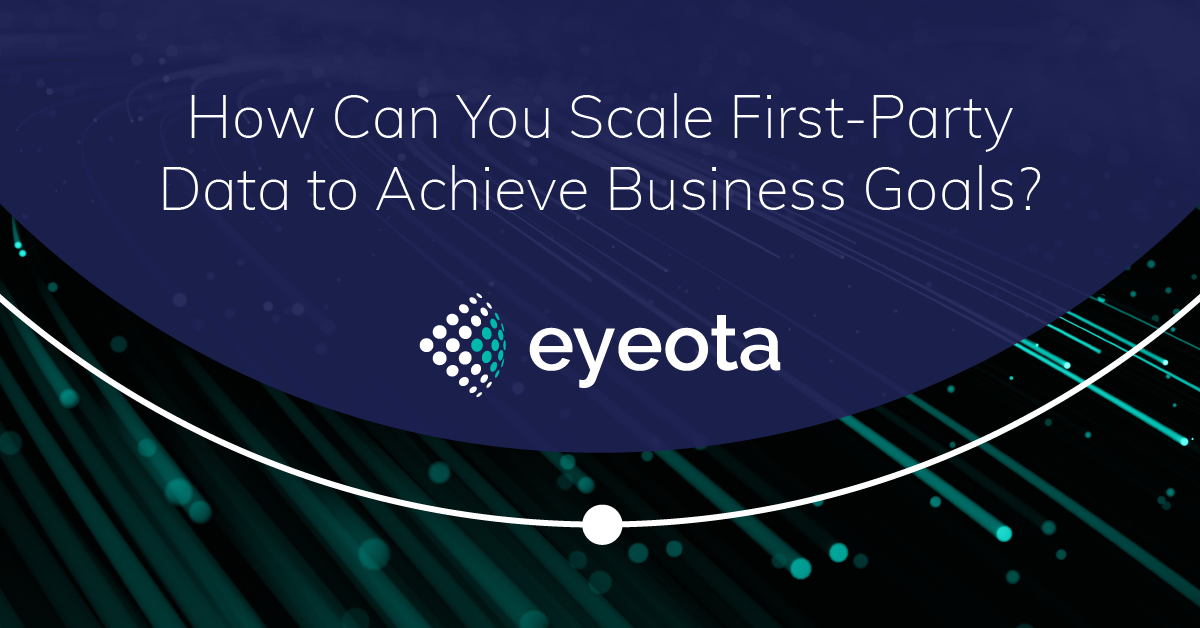Building a data-centric organization and investing in the tools and talent required to improve customer marketing and engagement must also be accompanied by a focus on scale and consistency.
The Forrester study of business decision-makers across APAC and EMEA, commissioned by Eyeota, found that 50 percent said their organization cannot build a consistent data onboarding experience across multiple markets, and 51 percent believe they lacked a clear strategy in engaging and identifying new customers.
Getting data onboarding right is critical to customer retention so building a coherent onboarding strategy which uses the right vendors and navigates through data platforms that build customer context is essential. According to our Forrester study, only 51 percent of decision-makers are leveraging their online and offline data sources to fully understand customer preferences. This highlights the fact that many organizations have yet to recognize and act in order to improve their understanding of customers in their on-boarding practices.
Customers spend a lot of time online, but online interactions might still only account for a small percentage of their interactions with a brand. Offline data represents information gathered through a variety of other interactions, including in-store purchases, loyalty schemes and more.
This offline data represents a chance to maximise all of the first party data sets across the business by bringing them online and creating cohorts to digitally reach new customers. In a market where competition is fierce and consumers have limited time to conduct research, marketers can utilise offline data to improve their campaigns, customer experience and personalisation.
To put it simply, data onboarding brings offline data online, where you can use it in online campaigns to find new customers who are similar to your existing customers.
Data onboarding methodologies activate offline data across global markets to generate digital audience profiles that support a variety of marketing functions. Essentially, the onboarding process begins with the marketer assessing all of their data assets, allowing it to tell a story of who your customers are and what type of segmentation needs to be created for targeting; the following step is then uploading the data with support from an onboarding partner. Applying a mapping system, the onboarding partner then matches offline attributes to privacy-compliant online profiles.
From there, the onboarding partner can build cohorts to expand the scale of digital audience profiles. This often includes using multiple attributes to identify online consumers who exhibit similar behaviors to those of customers who have already interacted with the brand. Once this process is complete, the data owner can activate the scaled-up audience profiles within a chosen marketing platform.
Today’s customers have far fewer geographic limitations than ever before. They are no longer confined to businesses within driving distance. This means that brands need to be able to reach and appeal to consumers on a truly global scale. Your data onboarding partner should be able to offer a globally consistent service that leverages geolocation markers to deliver onboarding across markets.
Importantly, your data onboarding partner should offer accurate and trustworthy matches between offline and online data. The accuracy of these matches is central to the effectiveness of the onboarding process. A trustworthy data onboarding partner can deliver these results while maintaining a high degree of commitment to privacy compliance. In light of recent regulatory changes across global markets, maintaining data privacy should be a top priority.
Download our Forrester Study Harness First Party Data in Your Onboarding Journey now to explore today's data priorities and practices and how firms must leverage first-party offline data in their customer engagement strategies.

